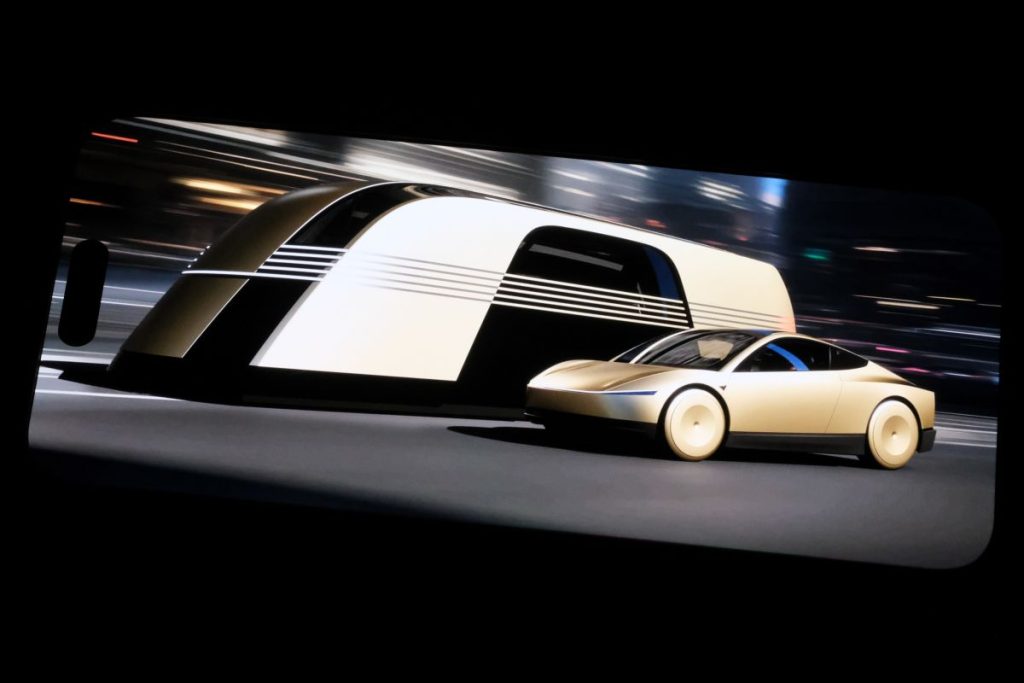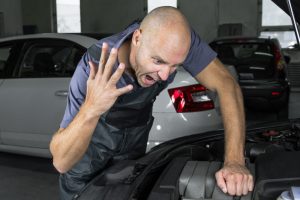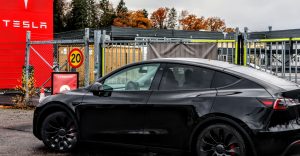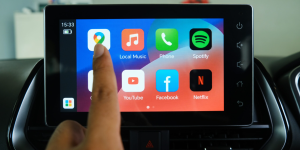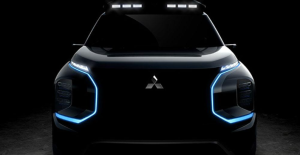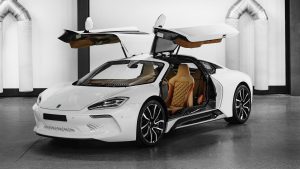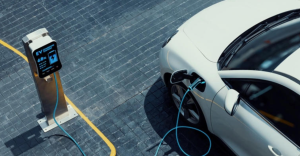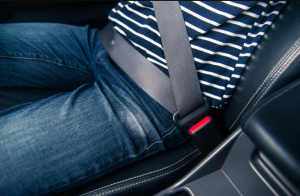Tesla’s Cybercab is finally hitting the streets in June.
Others are reading now
After years of hype and missed deadlines, Tesla’s fully autonomous Cybercab is finally set to roll out in June 2025, according to Elon Musk.
The CEO recently informed Texas authorities that Tesla will launch a driverless ride-hailing service in Austin.
According to Automotive News, Musk told investors that Tesla is ready to introduce autonomous transportation as a paid service, emphasizing that “the proof is in the results.”
But given Tesla’s history of overly ambitious self-driving claims, many are wondering: Will it actually happen this time?
Also read
A Game-Changer or a Legal Nightmare?
Unlike previous Tesla models, the Cybercab is designed from the ground up to operate without a steering wheel or pedals. That means no human intervention—just a fully automated vehicle navigating city streets.
But launching self-driving taxis comes with major risks. If a Tesla Cybercab crashes, who’s responsible?
Experts believe Tesla may have to accept full legal liability, putting the company in uncharted waters.
Tesla claims its vehicles are already moving autonomously within its Fremont factory, driving from the assembly line to parking spaces. Yet, Musk acknowledges that past promises haven’t panned out—including his infamous 2019 pledge of putting one million robotaxis on the road by 2020.
What’s Next for Tesla’s Cybercab?
Following the Austin test run, Tesla aims to expand its driverless fleet to California and other major U.S. cities by late 2025. The Cybercab itself won’t enter full production until 2026, meaning the first phase of testing will rely on modified existing Tesla models.
Despite stricter regulations, Musk remains optimistic about launching self-driving Teslas in Europe and China by the end of 2026. However, safety remains a key concern. Musk admits that any accident involving a Cybercab will generate massive headlines, making it crucial for Tesla’s system to outperform human drivers in safety metrics.
Tesla faces stiff competition from Google-backed Waymo, which has already deployed robo-taxis in multiple U.S. cities and plans to expand to over 10 new locations by 2025. But Waymo’s autonomous fleet has had its own problems, proving that fully driverless technology still has plenty of hurdles to overcome.
Will Tesla finally deliver on Musk’s vision of a self-driving future, or is this yet another overpromised dream? June 2025 will be the first real test.

